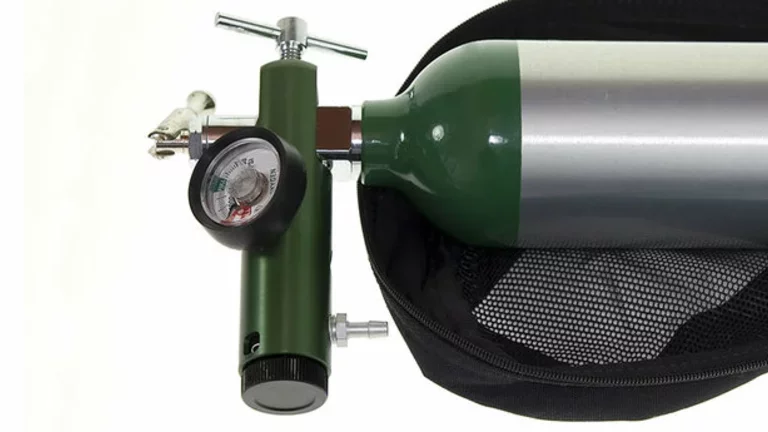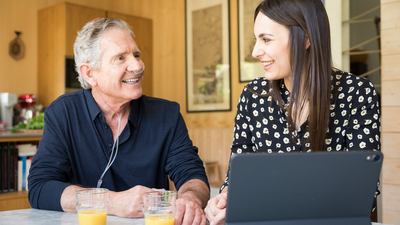Oxygen Therapy At Home: Tips to Store Oxygen Tanks At Home
Published on September 26, 2022
4 minutes

How to store oxygen cylinders/tanks at home
Gaseous oxygen is a colourless, odourless and tasteless gas. Oxygen is not flammable, but oxygen supports combustion and will cause other materials to burn faster and hotter than normal. When you are using oxygen, the oxygen concentration around both you and your equipment is greater than room air, creating an oxygen-enriched environment. An oxygen-enriched atmosphere creates a potential fire hazard as oxygen cannot be detected by the normal senses. This is why it is important to air out your home every day.
Oxygen is safe to have in the home when safety guidelines below are followed without exception to prevent dangerous situations such as a fire.
- A no-smoking sign needs to be placed on your door or in a window clearly visible at all times to anyone approaching your home. The importance of having the “No Smoking” sign is critical in the unlikely event of a fire to alert first responders that oxygen is present.
- It is recommended that an all-purpose fire extinguisher is available in your home and in your vehicle and you and your family should know how to use it. You should have a working smoke detector as well. In case of fire, evacuate the building immediately or if time permits, shut off the oxygen system and evacuate the building with a portable system.
- Cook with care when using oxygen. Ensure the oxygen tubing does not stretch over the stove. The oxygen tubing can be tucked under your clothing or placed behind your back.
- You and your oxygen equipment must be kept 5 feet (1.5 metres) from any appliance that may produce a spark (electronic cigarettes, cell phones, air conditioners, electric razors, toasters, hair dryers or fans).
- You and your oxygen equipment must be kept 10 feet (3 metres) from sources of heat or open flames (for example furnace, gas stoves, barbecues, candles, fireplaces (gas and wood burning).
Where to store oxygen cylinders in your home?
Oxygen cylinders must be used and stored in well ventilated areas, and not near any sources of oil, grease, paints, solvents or any other flammable material. In particular, make sure that you:
For more information about home oxygen therapy, check out our articles:
- How to get started with home oxygen therapy
- Do’s and Don'ts of Using Home Oxygen Equipment
- Living With Oxygen Therapy On a Day-to-Day Basis
If you have any concerns about oxygen therapy, or need assistance during your oxygen therapy, the clinical team at VitalAire is here for you.
Contact your nearest VitalAire Clinician.
Your safety is important to us
Safety is our first priority at VitalAire. We take your safety and that of our employees very seriously. This is a basic guide to the safe handling and storage of your medical cylinders. Should you have any questions please contact your nearest VitalAire customer service for assistance. Should you require more specific information relating to transporting of cylinders we would recommend you contact Transport Canada.


